The transformation towards a new model in the industry is essential in order to achieve more sustainable manufacturing systems in the region, in accordance with national plans and priorities.
By Paint Zone
The growing demand for natural resources to sustain the lifestyle of today's population and the planet's capacity to assimilate the waste derived from this demand are the main problems limiting the possibilities of sustainable development. This is according to the Economic Commission for Latin America and the Caribbean (ECLAC) in its report "Circular Economy in Latin America and the Caribbean", published in 2021, in the midst of the transition from the pandemic.
The study points out that global warming and even the origin of the health crisis derived from the coronavirus are manifestations of a model that has put at risk the survival of the ecological system that sustains it, which leads to questioning current patterns of production and consumption.
In this sense, according to ECLAC, it is necessary to redirect actions towards a change of model where the productive structure reduces the use of materials, focuses on knowledge-intensive sectors, with high rates of growth in demand, and preserves natural resources and the environment.
This is where the circular economy appears, a system of production, distribution and consumption of goods and services aimed at the redesign and reincorporation of products and services to maintain the value and useful life of products, materials and resources associated with them in the economy for as long as possible.
In addition, this model seeks to prevent or minimize the generation of waste, reincorporating it back into cyclical or biological production processes, as well as promoting changes in production and consumption habits. Quite the opposite of the linear economy model summarized in extracting, producing, buying and using, which is inefficient and unsustainable.
For ECLAC, the circular economy offers an opportunity for development in Latin America, both through the creation of new economic activities linked to the provision of environmental goods and services and through the transformation of existing economic activities to increase their material efficiency and reduce their environmental impact. The paints and coatings industry in the region is moving towards this transformation.
Towards circular cities
A few weeks ago, Holcim and Bloomberg Media launched the second edition of the Circular Cities Barometer, which shows the world's top cities leading the transition from a linear to a circular economy.
London tops the list driven by the city's leadership in buildings and circular investments, followed by Seattle, Copenhagen, Paris and Zurich. Among the 30 cities are three in Latin America: Buenos Aires, Bogota and Mexico City. In the latter, the Circular Economy Law came into force on 1 March.
Thus, the Mexican capital became the first state in the country to have specific regulations that promote the circular economy and the sustainable management of resources.
At a recent academic conference organized by the National Association of Paint and Ink Manufacturers (Anafapyt), the instructor and consultant on environmental issues, Rocío Elena Gaona spoke about the application of this law in paints and coatings.
Some of the principles of this law are to preserve natural capital by controlling finite reserves and balancing the flows of renewable resources, in addition to optimizing the use of resources in the life cycle, promoting the efficiency of the system, including clean production and responsible consumption to reduce the externalities of resource use processes, as well as seeking synergies between the different agents involved.
This translates into processes of redesign, reprocessing, remanufacturing, repair, reuse, recycling, composting, reconditioning, recovery, among others.
"At the end of the day, they all have an environmental impact, they have an impact on the emission of greenhouse gases, on the generation of waste and on the consumption and discharge of water," says Gaona.
This implies, as this chemist who graduated from the National School of Biological Sciences points out, that companies in the industry have, among others, a sustainable production certification, as well as a shared responsibility plan, a waste management plan and efficient transport principles.
All of this is assessed through indicators such as the carbon footprint, the water footprint and the use of materials.
In this sense, companies have also made progress with the implementation of their own indicators that facilitate progress throughout the 2030 Agenda for Sustainable Development and, in particular, in those Sustainable Development Goals (SDGs).
A sustainable path for companies
"How much of the greenhouse gas emissions are associated with a product over its life cycle? This question has become increasingly important in recent years, and the carbon footprint of a product can help find answers," says BASF, recalling its ongoing work to reach net-zero CO2 emissions by 2050.
"More and more customers are making purchasing decisions with an important environmental component," the company notes. In a recent panel on decarbonization at ononom, BASF's center for scientific and digital experimentation in South America, its global director of Strategic Projects and a leader on the subject, Alessandro Pistillo, presented the SCOTT methodology.
The digital app, used by BASF to measure its CO2 footprint, calculates the end-to-end carbon footprint of 45,000 products sold.
Recently, Hexigone, a sustainable corrosion inhibitor company, received an EcoVadis Gold rating. According to the company, this prestigious recognition places it among the 5% of companies evaluated in terms of sustainability on a global scale.
EcoVadis evaluates the company's performance by focusing on four key pillars: environment, labor and human rights, ethics, and sustainable procurement. Hexigone's renewed EcoVadis Gold rating signifies its focus on creating a positive impact on the environment, society, and its stakeholders.
"We are very proud to once again receive the EcoVadis Gold Award," said Marc Phillips, Chief Operating Officer of Hexigone Inhibitors.
"It represents our dedication to reducing our environmental footprint, adhering to strong ethics, and championing sustainability through our business with Intelli-ion technology recognized by a global leader in sustainability ratings," he said.
According to Hexigone, its commitment to the environment is deeply rooted in its core values and mission.
The company was born thanks to research to replace toxic chromate inhibitors and heavy metals, launching a sustainable inhibitor that can achieve C5 corrosion protection. In addition, the manufacturing process is powered by carbon-free electricity and is complemented by circular economy principles.
Sustainable raw materials
From the acquisition of raw materials and products that come from renewable sources, society can take the initiative to contribute to the reduction of greenhouse gases.
"Likewise, moving towards a circular economy is beginning to be a priority for decision-makers in large companies, and even for governments. This model makes it possible to optimize the use of raw materials, materials, energy and waste for their reincorporation into the production cycle," says Joshua Mauricio Ocampo, technical sales representative of the Coatings, Adhesives and Specialties area of Covestro, which has developed solutions such as bio-based poly-isocyanates that provide a high renewable carbon content to the system.
One of the great advantages of these poly-isocyanates is that their percentage of renewable carbon can be corroborated directly from the finished product by means of quantitative analytical methods, which gives the manufacturer the confidence to label their product with the bio-based content according to its formulation and gives the end user the possibility to corroborate it.
This year, such materials have been available in markets such as Mexico. These offer 100% performance, lower CO2 emissions, 60-70% renewable carbon content, and high nature-enabled performance.
This polymer production company maintains its business strategy based on the circular economy and the search for innovative solutions that lead to a sustainable future. Like other companies, its vision, such as investing 80% of its Research and Development (R+D) budget in projects that contribute to the Sustainable Development Goals (SDGs) by 2025, sets the path for the industry to move towards a circular development model in Latin America and the Caribbean in the coming years.


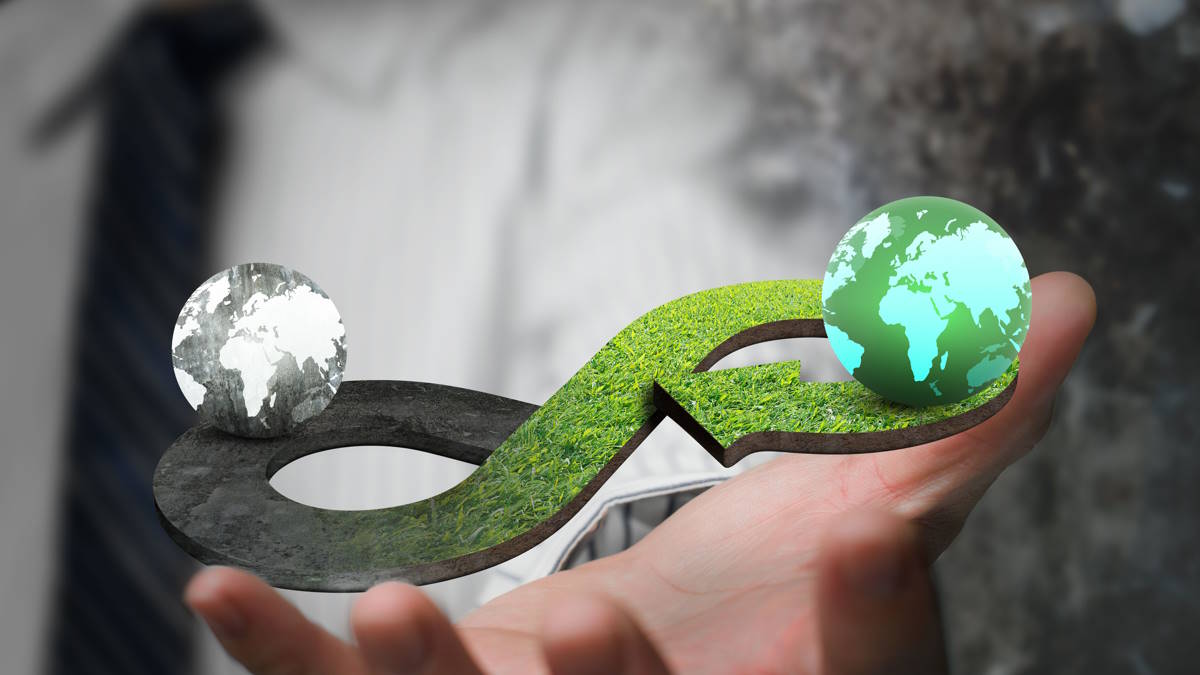


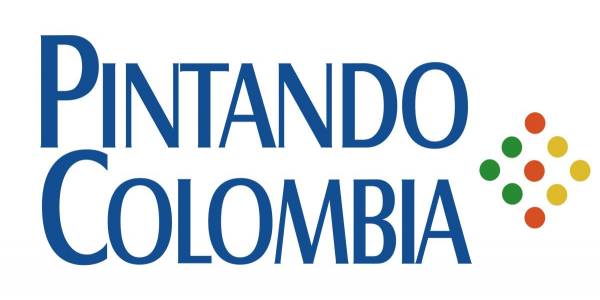



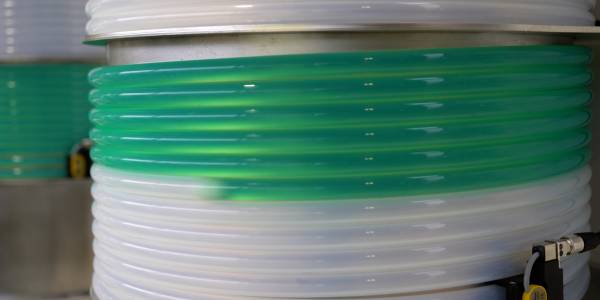
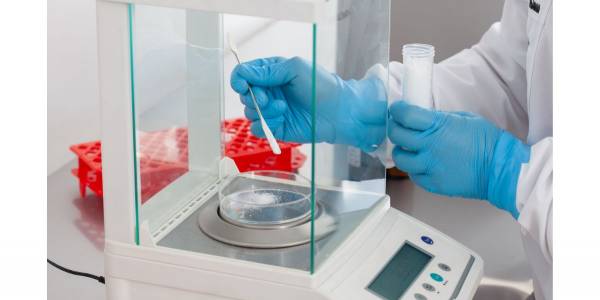


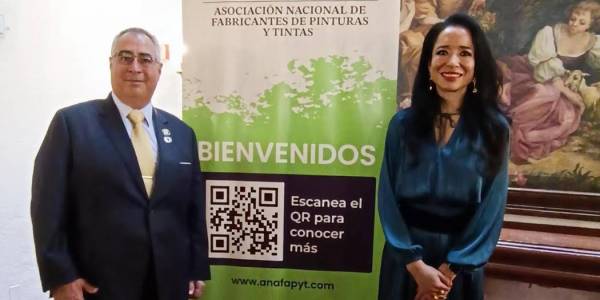

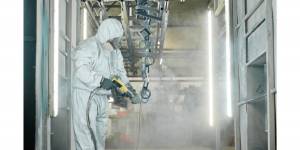









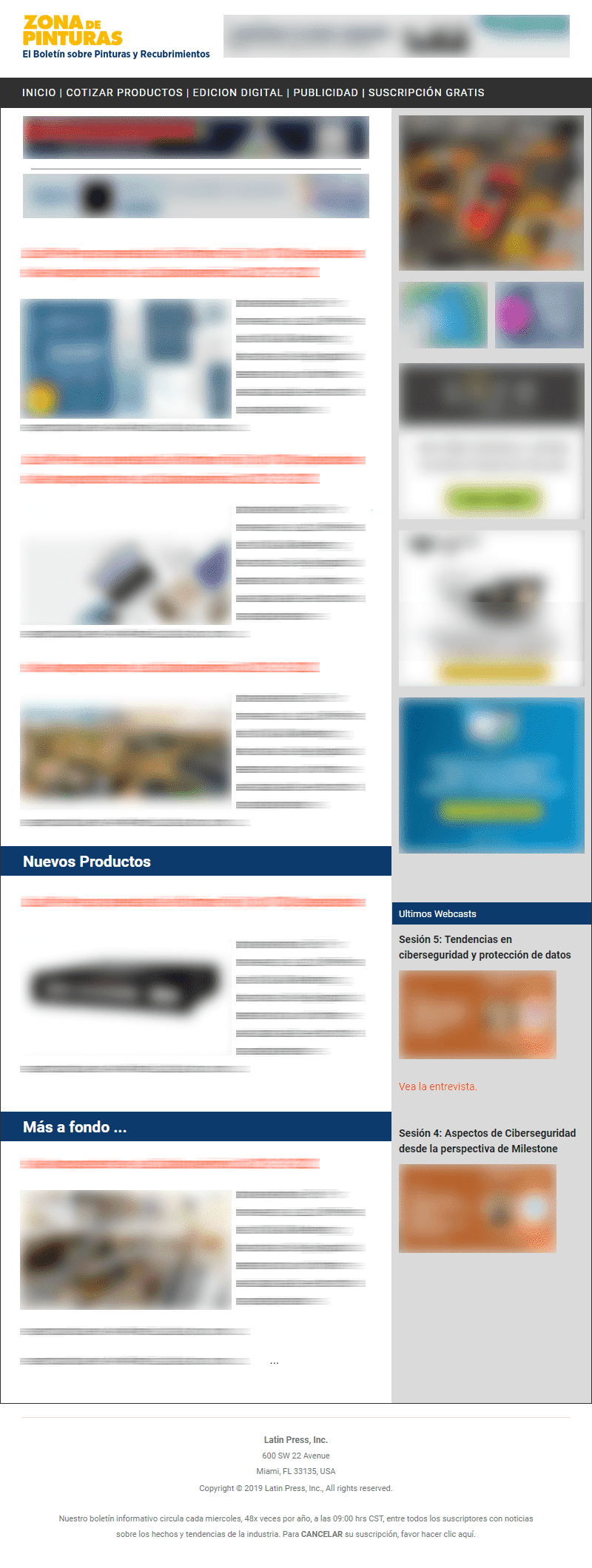
Leave your comment